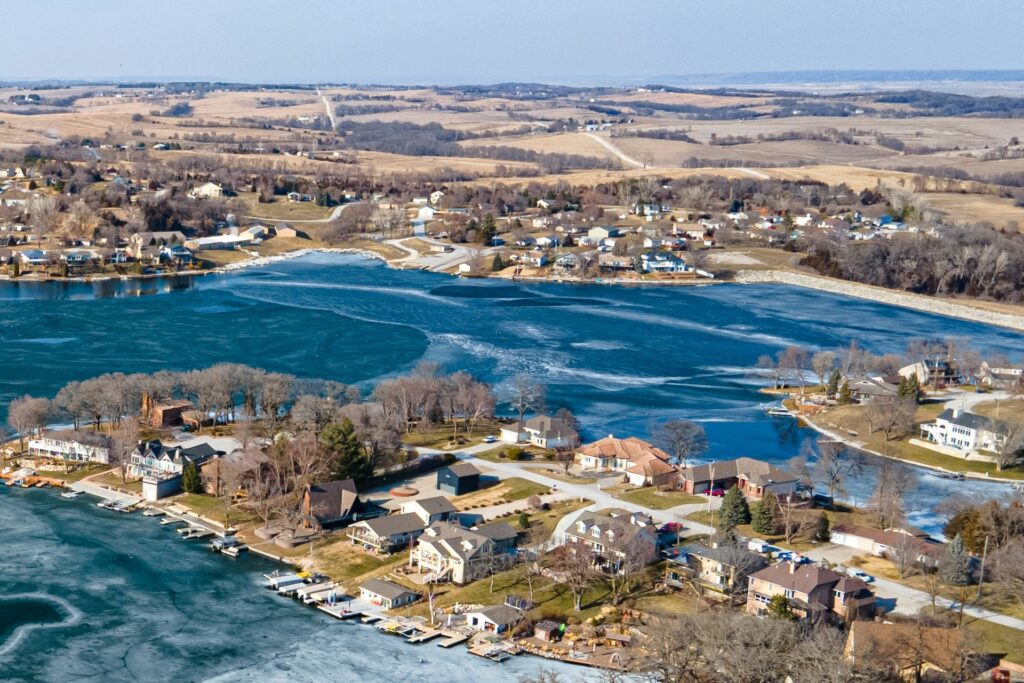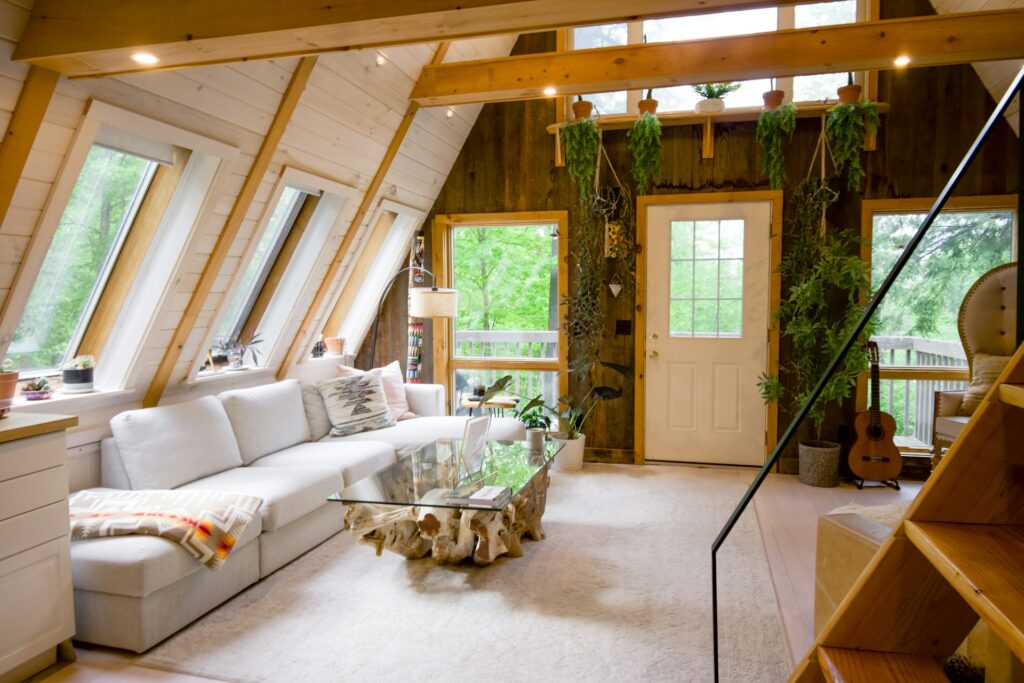
We are reader-supported. When you buy through links on our site, we may earn an affiliate commission.
When considering a move, the cost of living is crucial. How much will your bills be in your new home or apartment? Do you want to pay a premium to live in the city, or are you OK with the quiet countryside? If you favor rural areas, the Cornhusker State may be for you. Here’s your guide to the cost of living in Nebraska.
Is the Cost of Living in Nebraska Expensive?
Supply and demand determine the cost of living nationwide. If thousands of people want to live in a specific region, the price of goods and services goes up. Nebraska is a generally affordable state, as you’ll see with its cost-of-living metrics. However, there are some exceptions you should acknowledge. Here are seven considerations for this Midwest state.
1. Housing

Your monthly bills start with housing costs. Nebraska is a primarily rural state, so residents enjoy the relatively low cost of living. However, that could change once you get closer to the primary cities. It’s hard to find cheap housing in most areas of the country, so get ready to pay a premium to buy a starter or forever home.
The median sale price for Nebraska homes is about $300,000 as of July 2024 — a 3.5% year-over-year increase since 2023. Housing costs have continued to rise since 2021, when supply chains and the pandemic made the market more challenging for new buyers.
2. Rent
Housing prices could make the listings out of reach for your budget. What should you do in the meantime? Some single people and families choose to rent while they save money or wait for lower costs. Picking a smaller city typically lowers prices if you live in a one-bedroom apartment away from the metro areas.
If you want to rent in Nebraska, expect a median rent of $1,350 per month statewide. This cost accounts for all bedrooms and properties, so a small apartment could be under $1,000 if you look in the right spots. Renters on a budget could stretch their dollars farther by living in a small Nebraska town.
3. Utilities

Nebraska is one of the country’s largest energy producers, considering its crude oil production. On the state’s western side, oil derricks and wells extract this fossil fuel. Energy is a big deal in Nebraska, reflected in the lower energy costs. The people here pay about 12.22 cents/kWh for residential electricity — 4.21 cents below the national average.
While crude oil production is significant, Nebraska has diverse energy sources to power the state. For example, 30% of the state’s power derives from wind turbines. Its Midwest position means heavy gusts produce enough wind energy to supplement the grid. The state also benefits from nuclear energy, contributing 17% of Nebraska’s energy.
4. Taxes
Besides housing, your budget for the cost of living in Nebraska should account for taxes. The state sales tax is the most notable levy, considering it’s one of the nation’s highest. Residents pay a 5.5% rate at the grocery store and other shops, which could increase soon.
Gov. Jim Pillen has recommended a 7.5% sales tax to relieve the state’s property taxes, though it would include grocery purchases. Paying for clothes and transportation would become more expensive under the governor’s proposed tax increase. Nebraska already has one of the country’s highest property taxes at 1.63%, so consider this rate if you want to move here. The average household paid about $3,313 in 2023.
Pump prices and the gas tax are other costs people check in this state. Nebraska’s abundant fossil fuel production means gasoline is relatively affordable, ranking 14th nationally for the lowest gas prices. Concerning the gas tax, the Cornhusker State is in the middle of the road with a 28.6-cent fee per gallon.
5. Food
Once you get shelter, the next expense to consider is food. Living in Nebraska’s rural areas can lead to higher food prices if there are few restaurant and grocery store options. Small towns with a Walmart or other national chains could be reliable for your budget if they offer low prices.
Food costs depend on where you live, your diet and how many people you feed. A single person in Omaha, Nebraska, pays about $4,296 annually for their food. However, a family of four in Lincoln pays about $12,516 during the year. Farming is prominent in Nebraska, so you might find reasonable prices for produce if you find nearby farmers markets.
6. Health Care
Health care is another aspect you should expect to pay more for in Nebraska. The Cornhusker State ranks third nationally in health care costs, with only North Carolina and South Dakota costing more for families. Neighboring Wyoming, Colorado, Kansas and Iowa rank outside the top 10 for premiums and deductibles, so it’s something to consider.
In Nebraska, the cost of living hits residents hard. Experts say 12.1% of families struggle to pay their child’s medical bills because of high prices. Additionally, the state has the seventh-highest premiums nationally. Adults should expect to pay about $1,796 for single coverage and $4,530 for plus-one coverage.
7. Transportation

The U.S. Bureau of Transportation says the average household spends $12,063 annually on transportation costs. You can expect to pay around this sum in your Nebraska cost-of-living checklist. Much of the Cornhusker State depends on automobiles for primary transportation, so having a reliable car is essential. The rural towns necessitate driving from one place to another.
If you want public transportation, there are sporadic opportunities statewide. The most expansive system is in Omaha, the largest town in Nebraska. This city runs the Omaha Metro for bus, rapid transit and paratransit services for the area. If you want to get to another city, Amtrak has five stations throughout Nebraska to reduce car usage. These stops are a small part of the California Zephyr route that takes riders from Chicago to the Pacific Coast.
Determining the Cost of Living in Nebraska
Nebraska is the state for you if you like Midwest culture and rural areas. The region has a rich history and relatively low costs compared to other states with large metropolitan areas. That said, you should consider the cost of living in Nebraska before moving here. State taxes and health care premiums can be burdensome, so thorough research is necessary to live your best life in the Tree Planters’ State.
If you want to learn more about the cost of living across the U.S., check out our cost of living by state guide!







